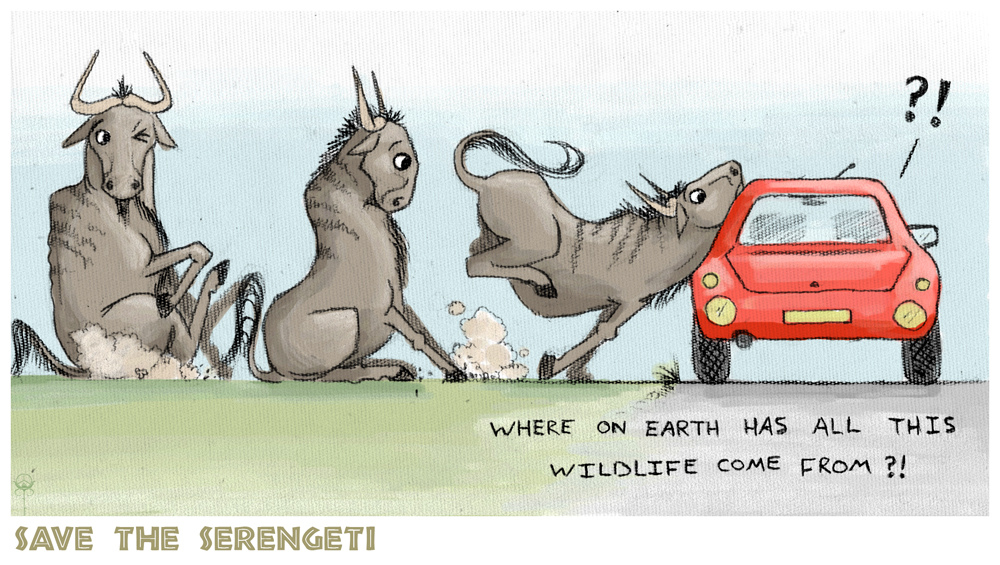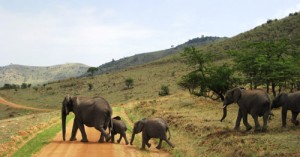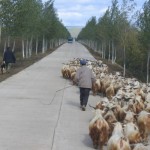The CityRail website discusses the environmental benefits of Sydney’s rail service compared to other modes of transportation in Australia. Over one million people travel to and from one of the train’s 307 stations daily. The rail consists of 1,595 km of track and a fleet of over 1650 carriages. The site lists several reasons as to why traveling by rail compared to other types of transportation remains better for the environment. Some arguments include energy consumption, carbon emissions, efficiency, cost, safety, community benefits, and climate change initiatives. With a straightforward set-up and quick-read style, the website produces quick knowledge for not just the Sydney rail network but environmental railway facts in general.
One of my favorite aspects of the site, the carbon calculator, can calculate the carbon emissions of your travel to and from any destination, and compare these numbers to other types of transportation including bus, small car, and large car. From playing around with the calculator, the benefits of taking the rail system became staggering when comparing carbon emissions.
Although the website provides great information about environmental benefits of the rail system, it does not include any of the negative effects rail systems can have on the environment. This may be because the CityRail Company produces the site, and they use the website to promote their business. However, the site remains useful for those looking to explore the environmental benefits of rail transportation compared to other forms.








